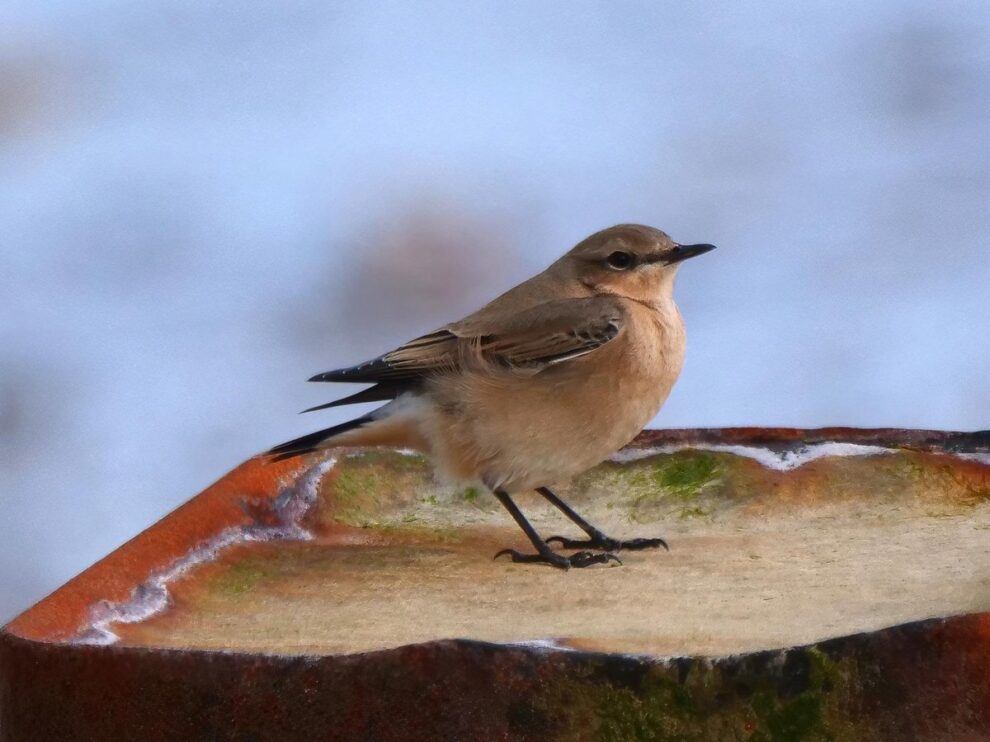The picture, shown here, was taken at Galley Hill, Bexhill, on August 28, by Professor Nicholas J Turner, who works at the Department of Chemistry for the University of Manchester. He said: “This bird, which spends the summer in the UK, is now preparing to migrate back to North Africa. Northern Wheatears are scare in Sussex. The summer visiting birds breed mainly in western and northern Britain and western Ireland, with much smaller numbers breeding in Southern England. Phil Jones, a volunteer at Sussex Wildlife Trust’s Rye Harbour Nature Reserve in East Sussex, said: “Wheatears are now a very rare breeding species in southeast England with small numbers here and at Dungeness in Kent.
“They usually nest in either rabbit holes or in purpose built nestboxes that have been part buried in the shingle. They will also use holes in walls if there are any available and on the ground under dense vegetation. “The name Wheatear derives from the old English name for the bird which was a ‘white arse’. If you spot one, it is immediately apparent as to why the bird was given this name. Its most obvious feature is the large white rump common to both sexes. “In addition to the white rump one needs to look out for the very long black legs and also the birds upright appearance. The male is a beautiful bird with a grey crown and upper back, a rusty orange breast and a black mask through the eye and including the cheek.”
Source: SUSSEX
















